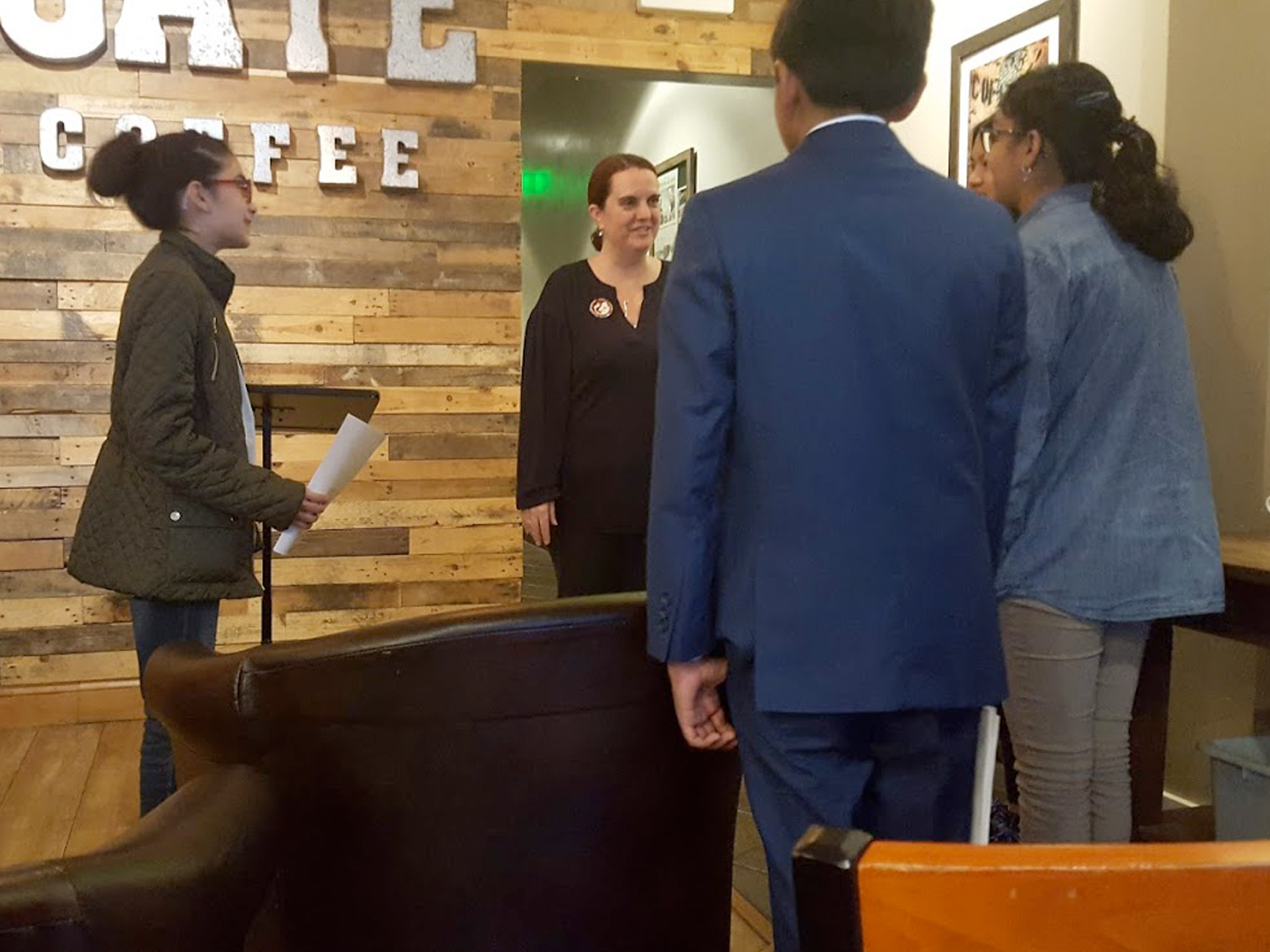
Empathy and Empowerment: Resources for Educators Teaching History Through Speech and Oratory
I live and teach in Elk Grove, California, a city which takes pride in being uniquely diverse. Led by the first Hmong mayor in the United States, the city has no major ethnic or racial group that makes up most of the population. And yet, the textbooks I use in my “Revolution to Reconstruction” class focus on white America’s history. Many of my students do not see themselves anywhere in that book.
You can understand why my excitement was off the charts when I discovered a book published by the National Park Service that detailed the contributions of Asian and Pacific Islanders during the Civil War. This slim volume encompassed much more than Civil War history. Did you know Filipino sailors came to Louisiana during the Spanish period in the 1700s? Or that Filipinos were in North America at the time the Declaration of Independence was written?

When we read this book, my students came alive with curiosity. They asked me questions like whether all people of color were subject to Jim Crow segregation laws. We discuss who writes history, how it is written and which sources are included. Utilizing these books in the classroom, I clearly understand how important it is for students to see themselves in their nation’s history. I always express my hope that at least one of my students each year will become a historian who searches out the stories of a more inclusive history.
As a Ford’s National Oratory Fellow, I am a member of a professional learning community that provides teachers with tools to guide our students to “analyze and understand complex text.” The Ford’s Oratory programs help students find their voice to speak about issues that matter to them. By studying ways in which Abraham Lincoln and today’s orators use words to urge others to act, students gain confidence in their own ability to influence others using oratory.

This past year my students Jordanka, Vivian, Jioia and Caleb chose speeches by Malala Yousafzai, Ellen Page, Shonda Rhimes and Steph Curry. They analyzed, memorized and performed these speeches in my classroom. These students discovered voices that mirrored their own experiences, and by sharing them, offered a window into those experiences for their classmates.
When I arrived at Ford’s Theatre to begin my month-long Teacher-in-Residence time this July, I was tasked with finding contemporary speeches that represent a wide range of experiences and backgrounds. As I personally discovered in my classroom, student engagement increases when they connect to the speaker or topic. It was exciting to imagine my students’ reactions to speeches like Greta Thunberg’s climate change address, Ta-Nehisi Coates’s reparations testimony and Megan Rapinoe’s appeal for national unity. Rapinoe played soccer in Elk Grove as a teenager. Thunberg is only a few years older than my students. Coates’s testimony brings our study of American slavery into the present. Representation matters.
This school year, I have set a goal to find a balance between materials that reflect the experiences of my students and those that offer them insight into the lives of others. I plan to bring my students into the conversation by using Teaching Tolerance’s lesson as a way for students to delve into multiple perspectives and evaluate whether each source is a window or mirror to their experience. Through critical analysis of contemporary orators, students make connections between the past and present and see that engaged citizens listen to and take part in civic dialogue.
Looking for a variety of speeches to use in your own classroom? Try these:
- Ford’s Theatre resources on Abraham Lincoln speeches
- Variety of historical and modern speeches cataloged on Speakola
Other resources for guidance in your classroom:
- The National Park Service’s series of books on the contributions of diverse ethnic groups to the Civil War.
- Emily Style’s Curriculum as Window and Mirror
- Dr. Rob Darrow’s webinar about LGBT History in Schools
Karen Richey is an unapologetic history fan who teaches seventh and eighth grade social studies at Toby Johnson Middle School in Elk Grove, California.

